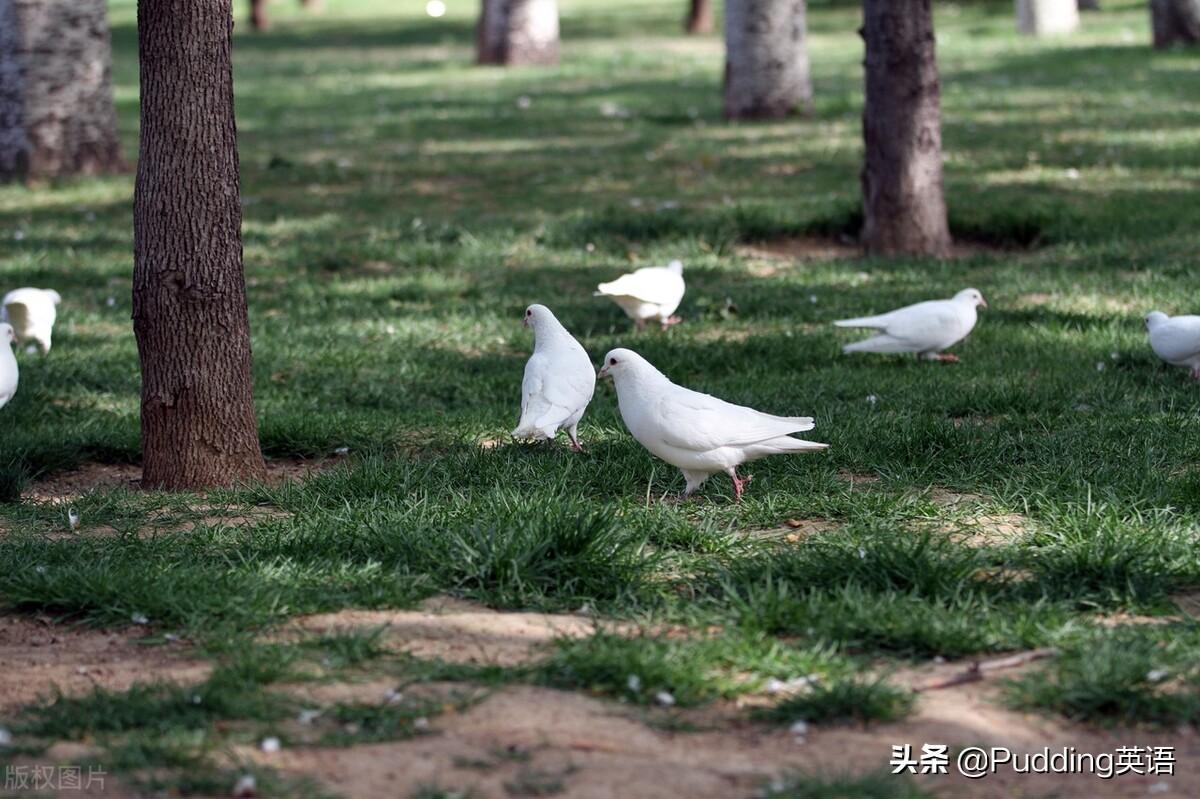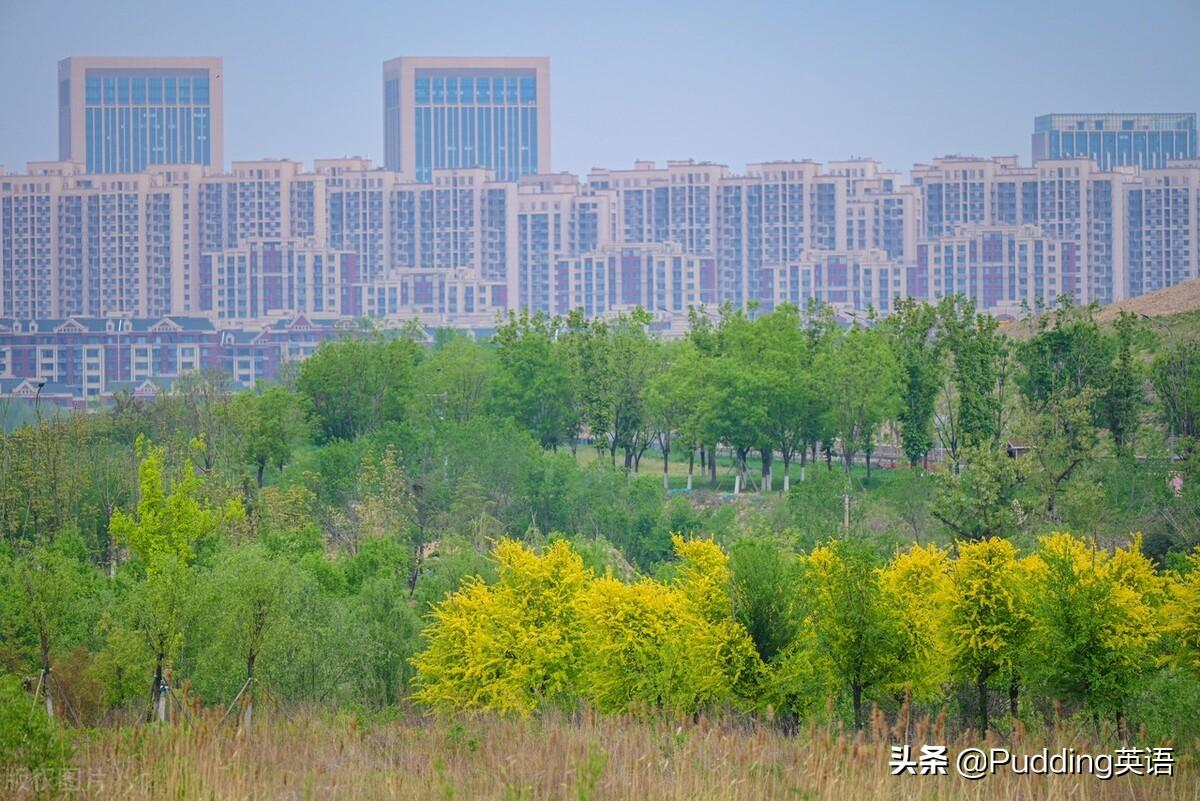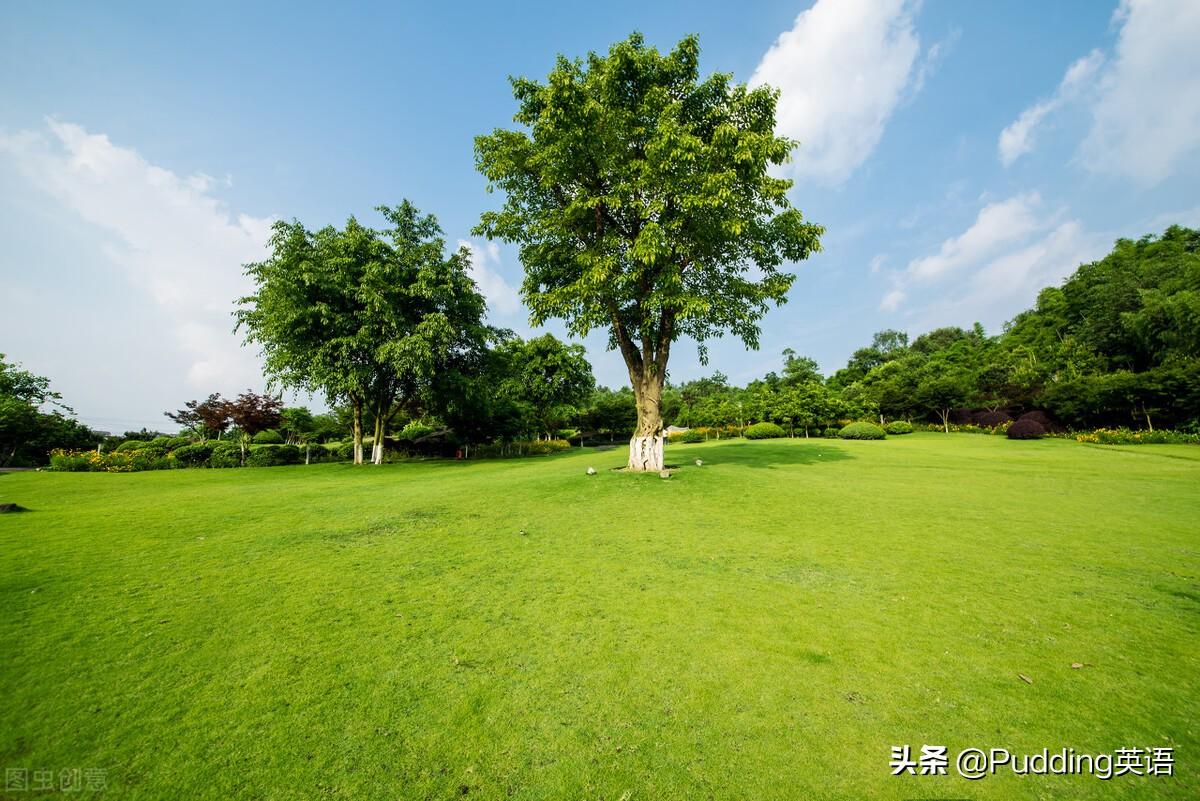转述别人的话有两种方式:一是直接引语,直接转述别人说的原话,并用引号标记。二是间接引语,用自己的话转述别人说的话,不用引号。例如:
--I am very glad to see you.
--She said, “I am very glad to see you.”(直接引语)
--She said (that) she was very glad to see me. (间接引语)
直接引语转换间接引语必须要弄清楚的问题:
一、先看直接引语中的句子,是陈述句、祈使句还是其它的?
二、引述动词用什么?标点符合怎么变?
三、人称怎么变?
四、句子时态怎么变?
五、时间状语怎么变?

先看第一个问题吧,直接引语一般分为:陈述句、祈使句、一般疑问句、特殊疑问句和感叹句。
一、1.直接引语是陈述句:变间接引语时用that 引导,that可省略。从句中的人称、时态、指示代词、时间状语、地点状语要做相应变化。在下面会有详细的讲解。
She says, “I use English songs to teach children English.”
She says she uses English songs to teach children English.
2. 直接引语是祈使句:转述祈使句时,要将祈使句的谓语动词变成不定式,引述动词要改为:tell, ask, order等动词,如果祈使句是否定句,则须在不定式to 前加not.
The teacher said to us, “Please sit down.”
The teacher asked us to sit down.
The lady said to the man, “Don’t smoke here.”
The lady asked the man not to smoke here.
3. 直接引语是一般疑问句:直接引语如果是一般疑问句,变间接引语为if/whether引导的宾语从句,疑问语序变陈述语序。
He asked me, “Do you like your job?”
He asked me if/whether I like my job.

4.直接引语是特殊问句:直接引语是特殊问句时,仍然保留特殊疑问词。
“What do you want to know?” she asked me.
She asked me what I wanted to know.
如果特殊疑问词在从句中做主语,转换为间接引语时语序不变,但是谓语得做相应的变化。例如:
“What’s the matter?”the doctor asked Sally.
The doctor asked Sally what was the matter.
5. 直接引语为感叹句;间接引语须在引述动词后面加what或how,后面加上感叹号。
The teacher said, “What a creativity boy he is!”
The teacher said what a creativity boy he was!

二、引述动词和标点符号
1.引述动词:ask(问), order(要求), say(说), tell(告诉), add(补充), shout(喊,叫), repeat(重复), think(想), wonder(想知道), cry(喊).
2.标点符号:
直接引语:引语放在引号内,引语前用逗号,引语后用句号、感叹号。
间接引语:引述动词和引语之间不用标点符号。
3. 引语:
直接引语:原话,不做变动。
间接引语:有人称、时态、指示代词、谓语动词、地点和时间状语的变化。

三、直接引语变间接引语人称变化:
人称变化遵循:“一随主、二随宾、三不变”的原则。如果直接引语中人称为人名,间接引语中人称一般不变化。
一随主:第一人称(I/me/my/mine/we/us/our/ours)与主句主语一致
二随宾:第二人称(you/your/yours)与主句间接宾语一致
三不变:第三人称(he/him/his/she/her/hers/it/its/they/their/theirs/them)人称不变
例如:He said to me, “I’ve left my book in your room.”
He told me that he had left his book in my room.
一随主,所以直接引语中I变成he, my变成his.
二随宾, your要变,与主句间接宾语一致。主句间接宾语是me,your 要变成my.

四、时态变化:如果主句谓语动词是一般现在时,从句无需变化。如果主句的谓语是一般过去时,直接引语变间接引语,从句的谓语时态要前移,向前移动一个时态。
一般现在时→一般过去时
“I don’t want to go home,”said Kipper.
--Kipper said that he didn’t want to go home.
现在进行时→过去进行时
The boy said, “I’m using a knife.”
--The boy said he was using a knife.
现在完成时→过去完成时
Biff said, “I’ve lost the glowing key.”
--Biff said she had lost the glowing key.
过去完成时不变
He said, “I had finished my homework before 7 o’clock.”
He said he had finished his homework before 7 o’clock.
一般将来时→过去将来时
My mum said, “I’ll call you tomorrow.”
My mum said she would call me the day after tomorrow.

五、时间状语变化
this→that
these→those
now→then
ago→before/earlier
today→that day
yesterday→the day before
tomorrow→the next/following day
the day after tomorrow→in two days’ time
come→go
here→there
the day before yesterday→two days before/earlier
注意:
1.如果直接引语是客观真理,变为间接引语时,时态不变。
He said, “Light travels much faster than sound.”
He said that light travels much faster than sound.
2. 如果当天转述,tomorrow, yesterday不变。Here不用改,come 也不用改成go.
